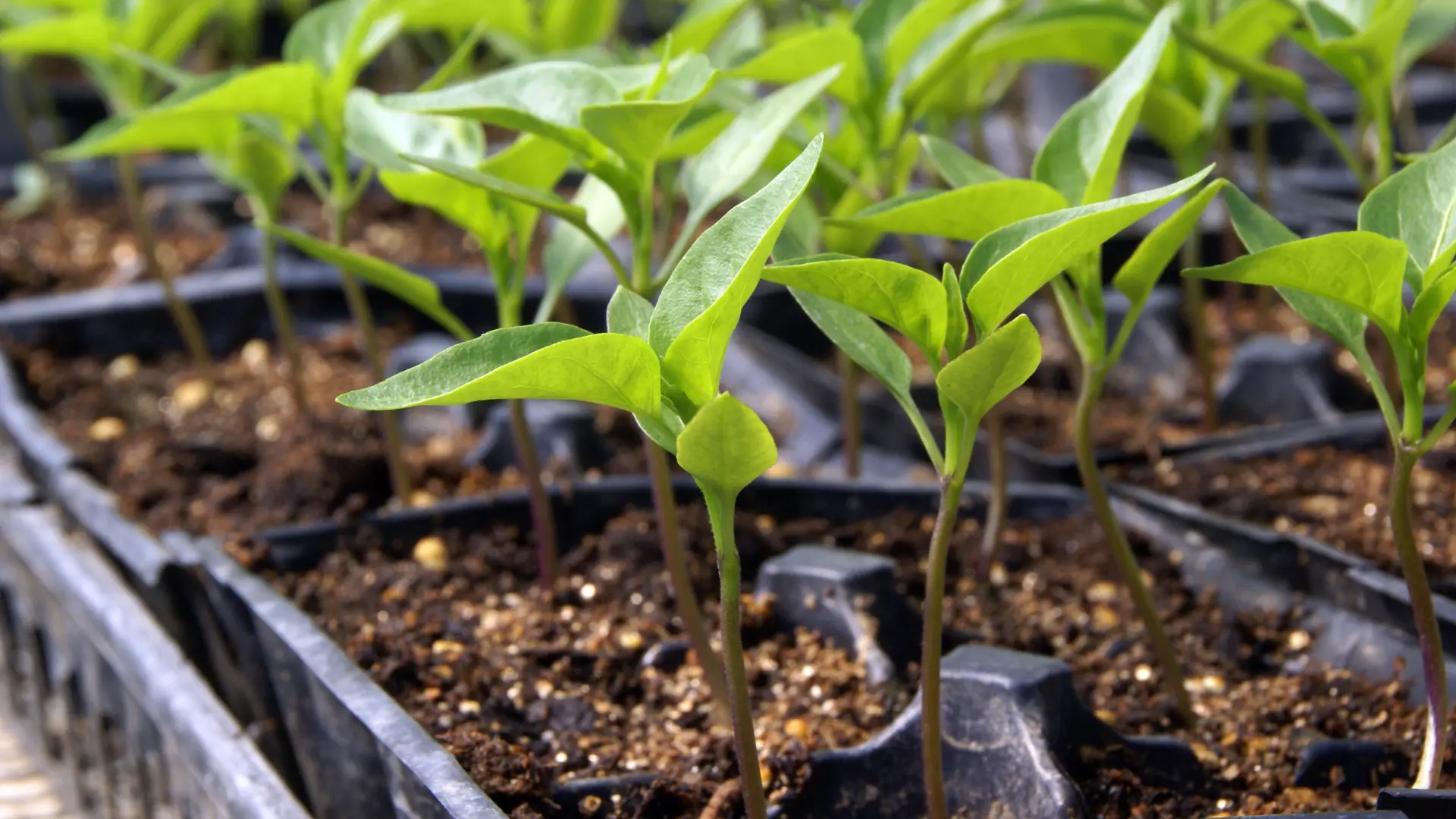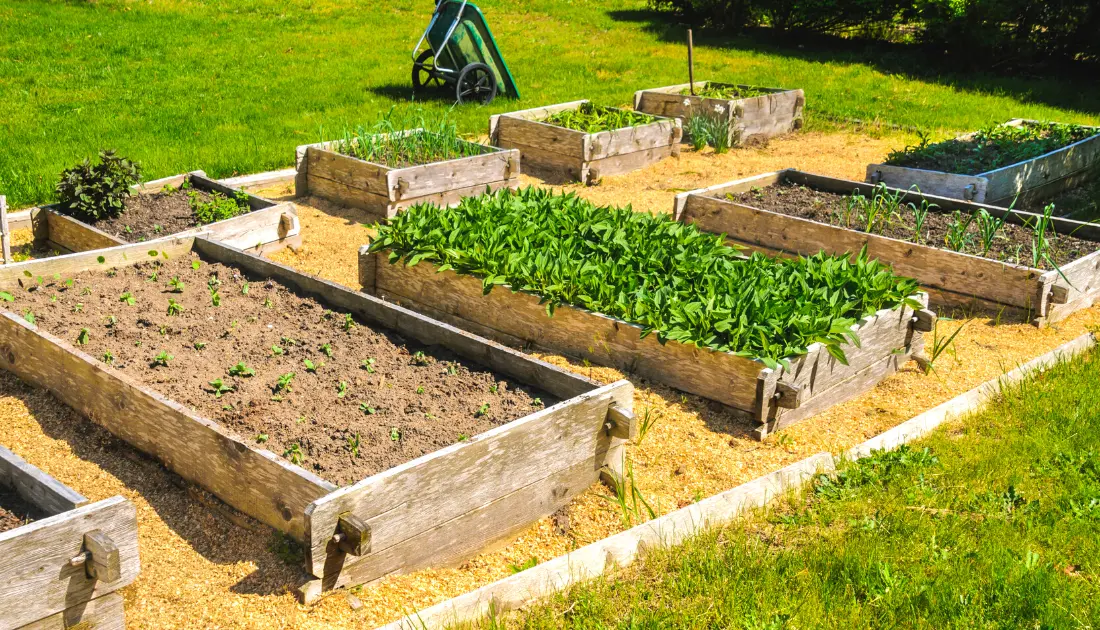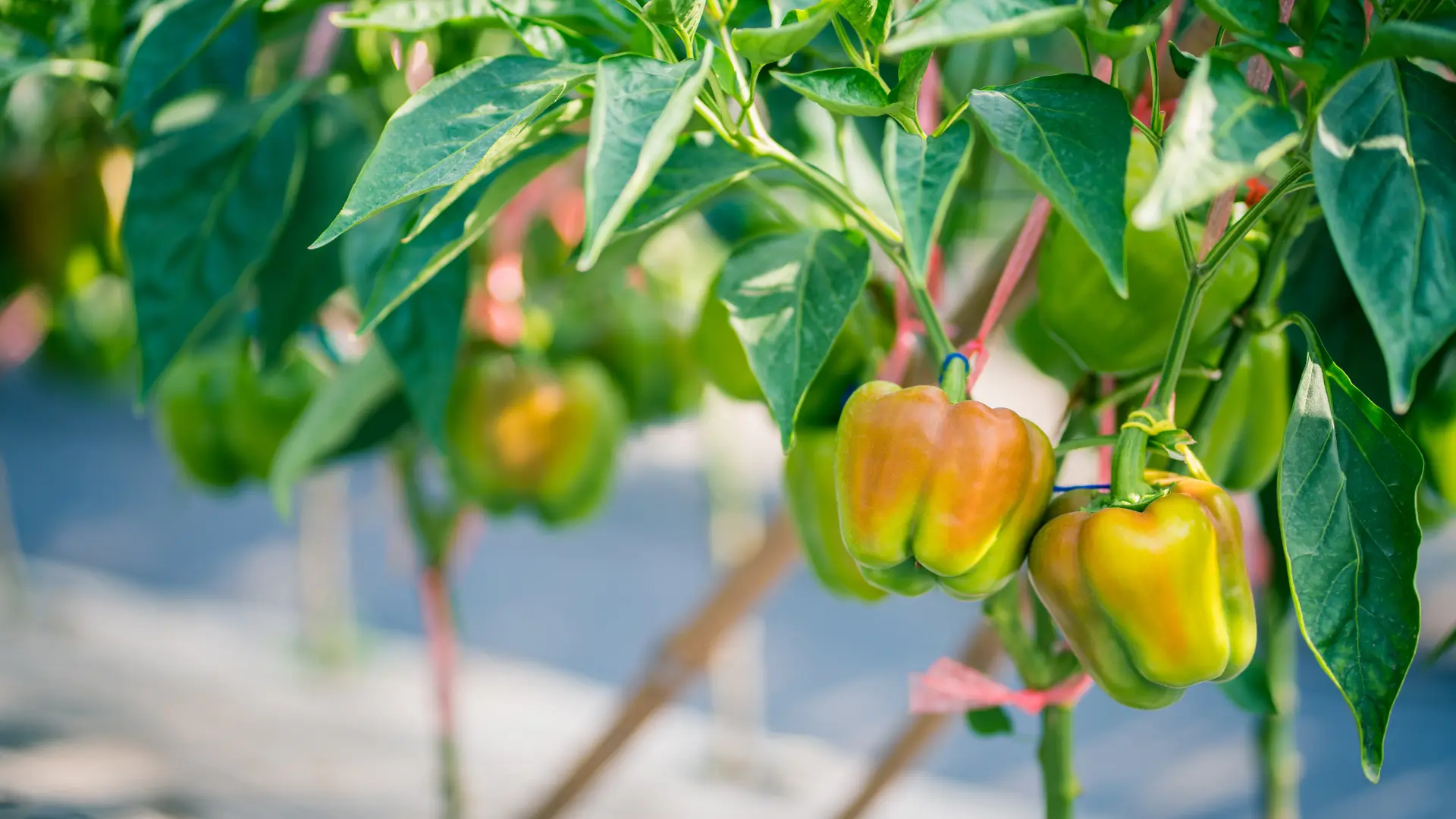The bell pepper is your best bet if you are looking for a sweet and easy pepper on the tongue. Unlike the habanero pepper, bell pepper can be used in large quantities in food without running the risk of a tongue-burning meal. But what is the best way to space a bell pepper?
Bell peppers typically reach heights of 3.5 feet and widths of 15 to 18 inches. If you’re spacing them, the ideal distance between bell peppers is 18 inches, and 30 to 36 inches should separate the rows. Choose a container that can hold at least five gallons of soil if you want to plant them in one.
Bell Pepper Spacing in Containers

If you do not have space in your garden, you can plant your bell pepper in containers. If you have a five-gallon container, you are good to go. For the best results, I usually advise people to plant one pepper per bucket, and you can plant two if you want to push the boundaries a little.
However, if planting two peppers per bucket, be prepared for the work involved. This is because two peppers require more care, and make sure you have room to place your stakes. Your plants will fight gravity as they grow, so make sure you place a stake.
Bell Pepper Spacing in a 4 by 4 Raised Bed

If all you have is a 4 by 4 raised bed, you can plant a decent amount of pepper. Yes, a 4 by 4 raised bed doesn’t seem like a big deal, but necessity is the mother of invention. Another vegetable that can be planted on a raised bed is the tomato plant.
You don’t have to worry as much about crowding and rationing resources because the bed will probably be outside with lots of natural moisture and sunlight. In a 4 x 4 raised bed, it is advised to space pepper plants around 18 to 24 inches away from one another, so you can place anywhere between six and nine plants easily and perhaps more if you want to.
Staking Bell Pepper
The practice of staking pepper plants is a wise one. Even though many pepper plants are robust and do a fantastic job of supporting themselves, they occasionally require some assistance, especially as the growing season comes to a close.

Peppers tend to grow higher than they otherwise would if you reside in a location with a long growing season. A pepper plant that hasn’t been properly staked can also be rapidly knocked over in thunderstorm-prone areas by a strong wind or downpour. Finally, pepper types that yield enormous fruit value the added assistance when bearing the weight of their abundance. So, if your pepper is giving you a lot of harvests, the least you can do is give it support!
To stake your pepper, bury a 2- to 3-foot garden stake made of wood, bamboo, or another durable material at least 6 inches deep. The best time to stake is when you set the plant out, and this is to prevent later root disturbance. However, if necessary, you are free to stake the plant later in the growing season. To prevent cutting or damaging the stems, tie the stakes to the stems using delicate twine or pieces of old nylon stockings.
Also, note that long branches may begin to sag toward the earth as pepper plants mature and produce copious amounts of fruit. It would help if you took every precaution to prevent those branches—and the fruit they contain from reaching the ground because numerous plant diseases thrive in the dirt. It is simple to accomplish this by placing a stake underneath the branch to support it.
Can I Plant Bell Peppers Too Close Together?
You may have limited space in your garden and wonder if you can jam your peppers together. First, I’d say “bad idea.” Many undesirable consequences come when you crowd any plant, even if they are not peppers. The first problem you will face when you pack plants is the issue of them competing for nutrients. Eventually, one or both plants will die in the tussle for available nutrients.
When your plants are jammed together, you will also face the issue of cross-pollination as they grow. For instance, planting jalapenos and bell peppers too near one another could result in inadvertent cross-pollination and the development of hybrid seeds. Your crop may not be impacted in the first year, however, if you save the seeds for the crop the following year, you might get bell peppers that are unexpectedly spicy or milder-than-expected jalapenos.
Why it is Important To Space Bell Peppers
It is important to space your bell peppers for several reasons. Below are some reasons.
- Plant Health
If you do not want to be crammed into the same room with fifty other people, why do you think your bell peppers, or any plant for that matter, want to be crammed into the same space with a dozen seeds? When you pack your bell pepper together, your yield will be impacted when pests invade your peppers.
There is also the issue of encroachment when you plant your peppers too close together. After rainfall, the foliage of your peppers won’t dry out quickly, and with wet foliage, your plant is the perfect breeding ground for diseases.
- Increased Yield
If your plants are competing for nutrients, there is a high chance that yield will be impacted. Even if your peppers manage to grow, their growth may be stunted because they didn’t get enough nutrients as they grew.
Peppers need 8 hours of sunlight daily to develop into strong, resilient plants. For plants with a long maturity period to produce fruit in a short-season environment, ideal conditions and proper spacing are required. Furthermore, pepper plants need constant access to water and fertilizers.
- Reduces Weed Growth
There is such a thing as planting your pepper plant too far apart from each other. That is why the right spacing is very important. If you need to catch up with all the spacing measurements, you can save yourself a lot of time by getting a plant spacing chart.
If you leave too much space between your bell peppers, you are handing out invitation cards to weeds for them to grow in the empty spaces. Spacing your peppers well will allow them to shade the soil, inadvertently stopping unwanted weed growth.
